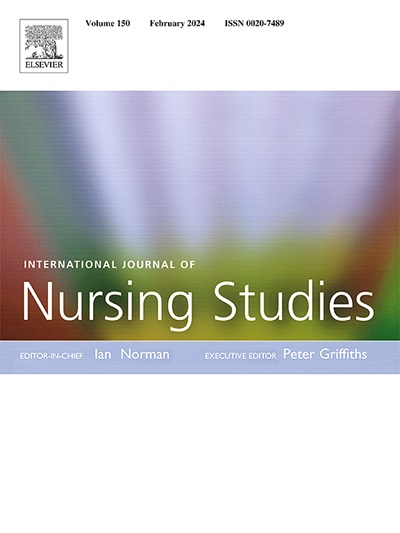Empowerment through knowledge: Qualitative perceptions of ‘undetectable equals Untransmittable’ among people living with HIV and tuberculosis in South Africa
IF 7.5
1区 医学
Q1 NURSING
引用次数: 0
Abstract
Introduction
Undetectable equals untransmittable (U = U) is an education campaign promoting science that people living with human immunodeficiency virus (HIV) who maintain an undetectable viral load cannot transmit HIV to others. Researchers theorize that undetectable equals untransmittable messaging will decrease HIV stigma by reducing fears of HIV transmission and providing evidence to dismantle discriminatory policies. However, little is known about how people with HIV in South Africa interpret the results of their viral load tests, undetectable equals untransmittable messaging, or its impact on stigma.
Methods
This qualitative study explored knowledge and interpretation of viral suppression, and undetectable equals untransmittable among people with HIV and rifampicin-resistant tuberculosis in South Africa. We further explored whether undetectable equals untransmittable messaging influences HIV-related stigma. Thirty participants were recruited for serial qualitative interviews, conducted at baseline, 3-month, and 6-month visits. A multi-national team used reflexive thematic analysis to develop and interpret code relationships.
Results
All participants were Black African, age on average was 36 years, 63.3 % were male, and half were undetectable at baseline with a median 6.2 years since HIV diagnosis. Four themes were identified that built on one another over time, (1) limited knowledge of viral suppression and undetectable equals untransmittable; (2) perceived lack of clinical integration of viral suppression and undetectable equals untransmittable; (3) Changing perceptions of viral suppression and application to individual health; and (4) endorsement of undetectable equals untransmittable and activation towards health partnership. Most participants had not heard of viral suppression or undetectable equals untransmittable at the initial interview. There was limited integration of viral suppression or undetectable equals untransmittable into clinic visits fueling a perception that viral suppression was solely a tool for verification of adherence. Over time, participants came to understand the significance of viral suppression and undetectable equals untransmittable, which empowered participants to take a more active role in their HIV management and request changes from the healthcare system.
Conclusions
Participants found optimism and empowerment through individualized HIV education even though undetectable equals untransmittable messaging had little impact on stigma. There are structural barriers in the South African healthcare system that limit access to tailored health education. By leveraging community health workers and enrolled nurses, HIV clinics can improve education access without overtaxing a resource strained healthcare system. These results identify a variety of opportunities for health system strengthening that build on the global momentum of undetectable equals untransmittable.
求助全文
约1分钟内获得全文
求助全文
来源期刊
CiteScore
15.00
自引率
2.50%
发文量
181
审稿时长
21 days
期刊介绍:
The International Journal of Nursing Studies (IJNS) is a highly respected journal that has been publishing original peer-reviewed articles since 1963. It provides a forum for original research and scholarship about health care delivery, organisation, management, workforce, policy, and research methods relevant to nursing, midwifery, and other health related professions. The journal aims to support evidence informed policy and practice by publishing research, systematic and other scholarly reviews, critical discussion, and commentary of the highest standard. The IJNS is indexed in major databases including PubMed, Medline, Thomson Reuters - Science Citation Index, Scopus, Thomson Reuters - Social Science Citation Index, CINAHL, and the BNI (British Nursing Index).

 求助内容:
求助内容: 应助结果提醒方式:
应助结果提醒方式:


